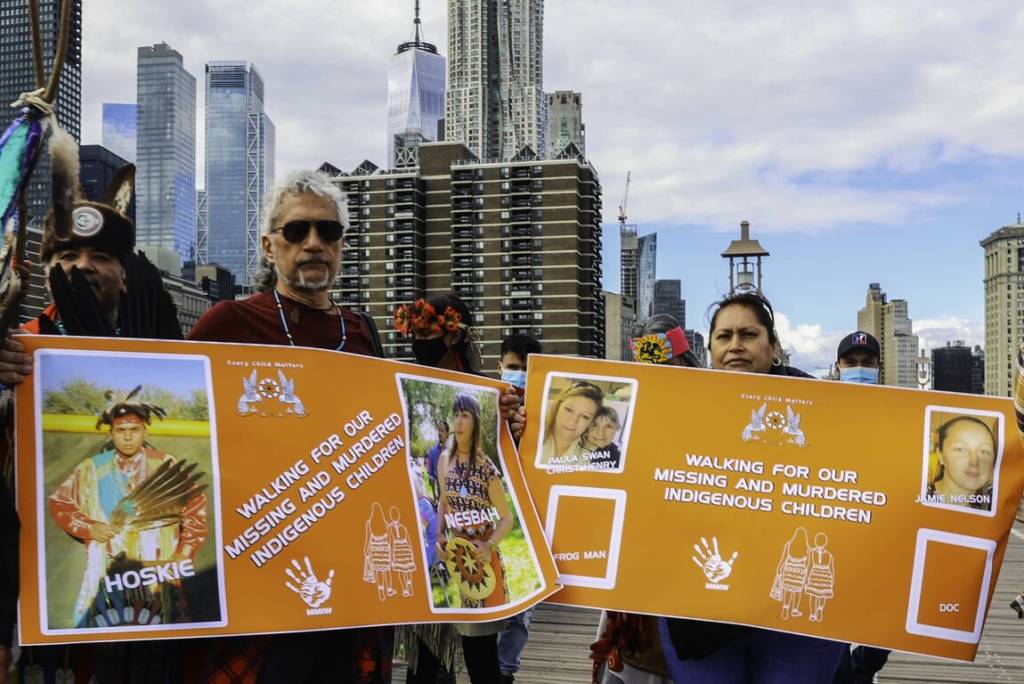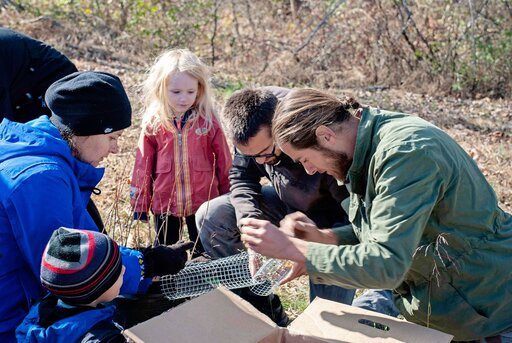Antinanco Earth Arts School is a grassroots volunteer-led organization and a community of Earth-loving visionaries and doers where all are welcome. ACME has supported this nonprofit through its GIVE BACK WHERE IT COUNTS Reusable Bag Program.
Tell us about Antinanco Earth Arts School.
In 2015, a group of friends came together with a deep passion for earth and nature, education and children. These individuals were activists, teachers, educators or facilitators, each with a good toolbox of skills and a capacity to share. We decided to organize and form a platform to spread all of these gifts to the community. Antinanco Earth Arts School began as a grassroots volunteer-led organization and remains so to this day.
What services do you provide to the community?
The overarching theme here is our more profound connection with nature. Under this umbrella, we have different types of projects. One is earth-honoring education for children, families and adults. There are no boundaries; everyone is welcome.
The overarching theme here is our more profound connection with nature.
We do a lot of environmental conservation work, restoring endangered and diminishing species to our northeastern woodlands here in New Jersey, Pennsylvania and New York. We involve children, families and the community in planting and taking care of trees. Our specific focus is on the American chestnut tree, which is functionally extinct. We’ve been working on restoring the American chestnut tree for about five years now.
Our last project is Turtle Island United, which includes indigenous support and indigenous social action. We work with tribal groups all over the country. There is a lot of knowledge that our indigenous people have to share. Sadly, they work and live in third-world country conditions here in the United States. So, we work with the tribal groups in this mutual aid arrangement to share knowledge and resources and see how we can help each other.

What sets you apart from other nonprofits in your community?
A few things make Antinanco what it is today, and the first is connection. All our work is interconnected, and there are no boundaries or fragmentation within our community programs, tree plantings, educational experiences or seminars. They are available to everyone.
We don’t separate our educational programs by age. If a child wants to bring their younger siblings or their grandmother, they’re welcome. Because when we put everyone together in the circle, a lot of magic happens. There’s learning that happens on a totally different level. And sometimes, we are on the receiving end! We come to teach, but we often end up being the biggest beneficiaries of all the wisdom within that circle.
Another thing is community. We are very much into grassroots community work. We work with many local and national organizations to create collaborative offerings. We work with a wonderful nonprofit here in New Jersey called Touch Mother Earth and a sister nonprofit based in Pennsylvania called PAZA, Tree of Life. We do a lot of joint projects together. We work with the Land Conservancy of New Jersey, offering collaborative educational experiences about native plant species and planting trees on the Conservancy’s sites. K’eh Native Action is our indigenous-led partner, providing clean water solutions to residents of the Navajo Nation in Arizona and New Mexico. These are just a few examples, and we treasure our relationships with partners and community organizations deeply.
When the organizations and volunteers come together, we can accomplish much more than one small nonprofit alone. This is where the power is.

Tell us a story that illustrates the good work of your organization.
Initially, we offered just daylong workshops for children and families in our early years. From there, we progressed to weekend-long programs and multi-day programs. And then eventually, we started offering international community service trips for young people and families, going to countries such as Japan and Cuba. They worked with local groups and communities, planting trees together, creating art together and learning from each other. It was quite amazing to see the positive impact of these international exchanges, especially the transformation we observed in young people suffering from depression and anxiety issues, which are so common today. And then 2020 came, and all our programs—we had about five programs at that time—were halted. We canceled all our trips.
At that time, we received an unsolicited proposal from a donor calling our attention to the issues that the Native American reservations were facing during the COVID crisis and asking if we would step in to help. This came about through our sister nonprofit PAZA, Tree of Life, a Native American-led organization. So, we joined forces, and at that time, there was a commitment of two to three months in my mind. We got a donation of $10,000, and we thought we’d help with critical aid during COVID.
I was really wrong with all of my predictions because before we knew it, that $10,000 turned into $100,000 in a matter of three months, just from all the public reaction to that campaign and everything we were doing. And not only did this not end in two months, but we are still involved in this work today. We moved from providing critical aid during COVID to addressing more long-term solutions contributing to cultural and food sovereignty and clean water. We work with about 15 indigenous communities, and they are all over the country.
Our growth was pretty much organic until that moment. Taking this project on was a big transformation for our organization.
We moved from providing critical aid during COVID to addressing more long-term solutions contributing to cultural and food sovereignty and clean water.
What is your greatest achievement or contribution to the community?
The biggest one is our people. It’s so rewarding to see young adults who came to us seven years ago as little children and are still with us. Some graduated from being participants in our programs to being wilderness guides and nature guides, teaching all kinds of wonderful things and pursuing their passions.
Another rewarding aspect of our work is planting trees. To date, we’ve planted close to 700 trees. A little over 200 of them are the American Chestnut tree, which has a low survival rate due to the disease introduced here about a hundred years ago called chestnut blight. That’s why they’re functionally extinct now. So that has been a challenging task. We would be happy to see 60% of these trees survive. As of now, we are exceeding our expectations, but the trees are still young. We are very happy to contribute to our woodlands by bringing that keystone species back.
What do you want people to know about Antinanco Earth Arts School?
We want people to know that it’s okay to come and have fun with us. We are trying to make this world a little better, one small step at a time. We are still learning and invite everyone interested in anything we do to join to share their own knowledge and participate.
A lot of great stuff happens when people come together and do things from their hearts.
How are you using the funds you’ve received from the ACME GIVE BACK WHERE IT COUNTS Reusable Bag Program?
The funds are used for scholarships for children. Until this year, about 90% of our participants were on either full or partial scholarships.
Is there anything you’d like to add?
Thank you for ACME’s support and for offering this beautiful GIVE BACK WHERE IT COUNTS Reusable Bag Program. We are very honored to be selected as a beneficiary.

Published December 12, 2022.

